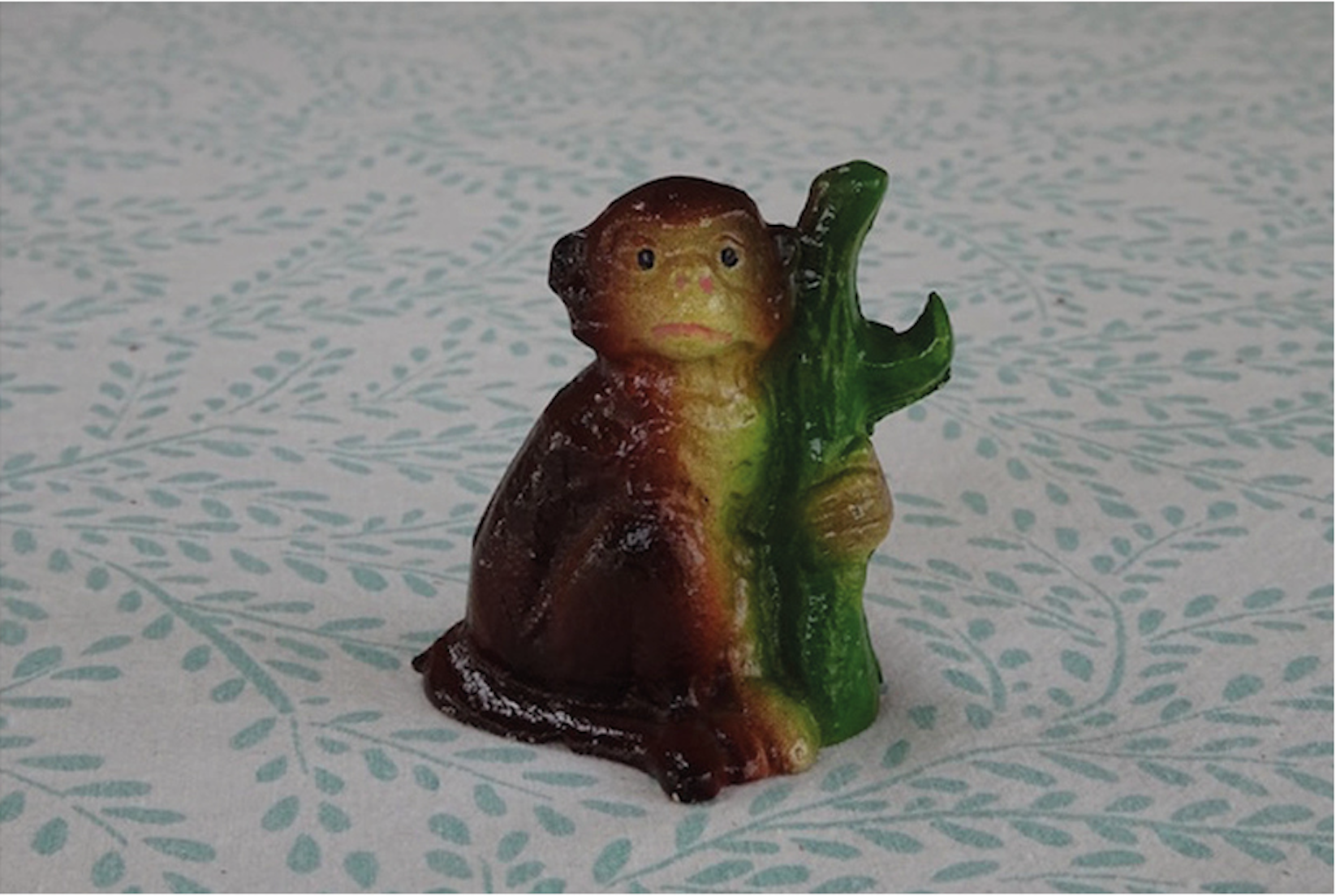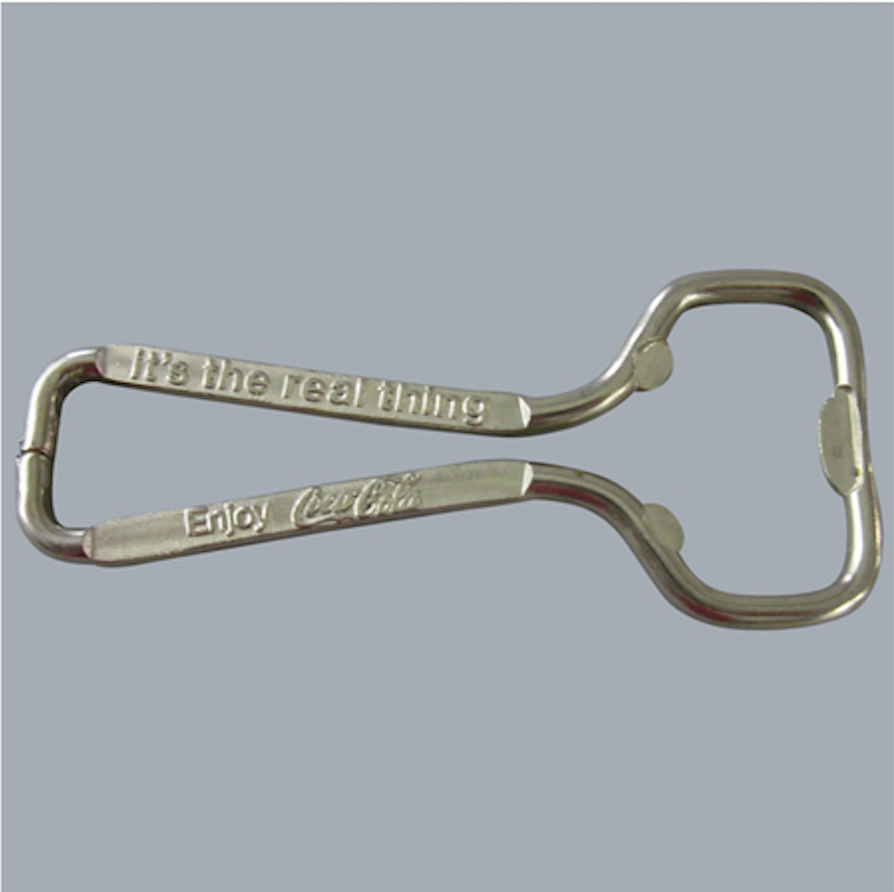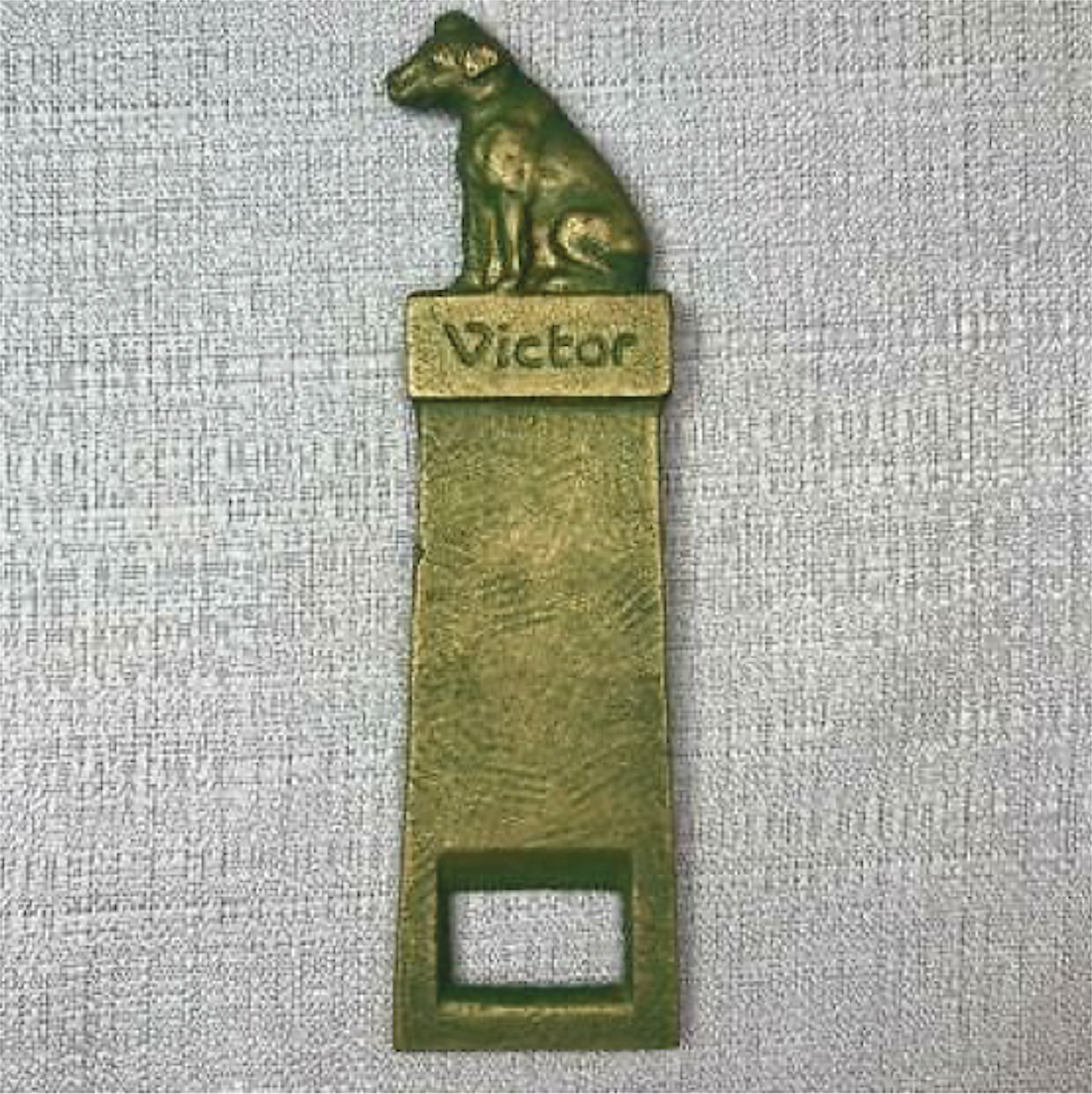CULTURAL SERVINGS:
EPHEMERAL ECHOES
EDWARDIAN PURSE
SCRIMSHAW AND LOVE TOKENS
PILCHARDS AND TROYL
BELTS
LEATHER TANNING
BEER TIME
BEER MATS
LUNCH BOX
SLOW MOVEMENT
SUMMER HEAT
NATURAL DYES
FRAKTUR ART
THE CRIES OF LONDON
SHAKER FURNITURE
BAUHAUS BRUTALISM
BAUHAUS INTERIOR
BAUHAUS SPIRIT
BAUHAUS HISTORY
ROMANTICISM AND REVIVAL
HISTORY OF THE MUSEUM
CABINETS OF CURIOSITY
BEER MATS







BEER HISTORY
The recipe for beer is one of the oldest in the world. It was first documented by Egyptians on papyrus scrolls around 5,000 BC and was used for religious ceremonies. The golden liquid eventually rose to popularity in Europe where it became an integral part of life. It was celebrated for its ‘nutritional’ value, and drunk as an alternative to water, as clean water was hard to come by.
In Europe, countries such as Germany, Belgium and particularly Britain were packed with breweries. Beer became such an integral part of life in the UK that soldiers in the army were offered daily beer rations. As the British Empire inhabited so much of the world, the Royal Navy delivered beer to all corners of the Earth. In fact, this is how I.P.A. (India Pale Ale) came about. Beer needed to be shipped to faraway countries - such as India - without going sour; thus, brewers discovered that beers with more hops and higher alcohol content spoiled slower and could survive longer journeys.
Working in a brewery was tough, and with the huge workflow ahead of them, workers were permitted an unlimited supply of beer during their shifts. This gave workers the motivation to work through long, gruelling shifts without complaint. It has been said that employers promoted drunkenness amongst staff so that they could degrade them and exploit them further whilst under the influence.
Breweries often advertised themselves in pubs with monogrammed beer bottles, glasses and cardboard beer mats. Beer mats derived from coasters, which became common in 1760, and were designed to go under wine bottles so that they could be slid (or coasted) across tables after their servants retired.
Beer mats were introduced in pubs in the 1880s to absorb condensation from cold beer glasses and prevent spillages. They often sported tri-colour designs that promoted beers sold at the bar. Their lovely designs caused these beer mats to become sought after collectors’ items. As well as being functional additions to any pub, beer mats added to pub culture. They could be folded up and placed under wobbly table legs, becoming part of the pub’s furniture, or become notepads that collected the scrawled thoughts and doodles of drinkers.
Advertisements for breweries were also printed on beer bottles. Bottles were normally brown or green to reduce spoilage from sunlight. To begin with, the most common type of beer bottle was the ‘steinie’ which was advertised to resemble classic German beer stein mugs. Nowadays, long-necked bottles are preferred.
The famous bottle cap we see on beers today: the Crown Cap, and the bottle opener, were invented by William Painter in the middle of the nineteenth century. The cap was named as such because when placed upside down, the bottle caps resemble tiny crowns. Soon bottle openers became gorgeous works of design in themselves. The Church Key opener, named so because it resembled a flamboyant church key, was the first of the well-designed bottle openers to come about. After this, there were openers that could be attached to tables, or worn as jewellery. Novelty bottle openers are a common addition to any souvenir shop and are collected by many due to their broad range of designs.
REFERENCES
http://zythophile.co.uk/2007/06/29/a-short-history-of-beer-glasses/
http://zythophile.co.uk/2015/03/28/more-notes-towards-a-history-of-the-beer-mug/
https://www.johnbarber.com/british-beer-mat/
https://sites.google.com/site/jesskidden/freebeer
https://www.heartlandbrewery.com/history-of-beer/
https://talesofthecocktail.org/history/support-your-drink-brief-history-coaster/
https://www.heddels.com/2018/03/uncapping-the-history-of-bottle-openers/